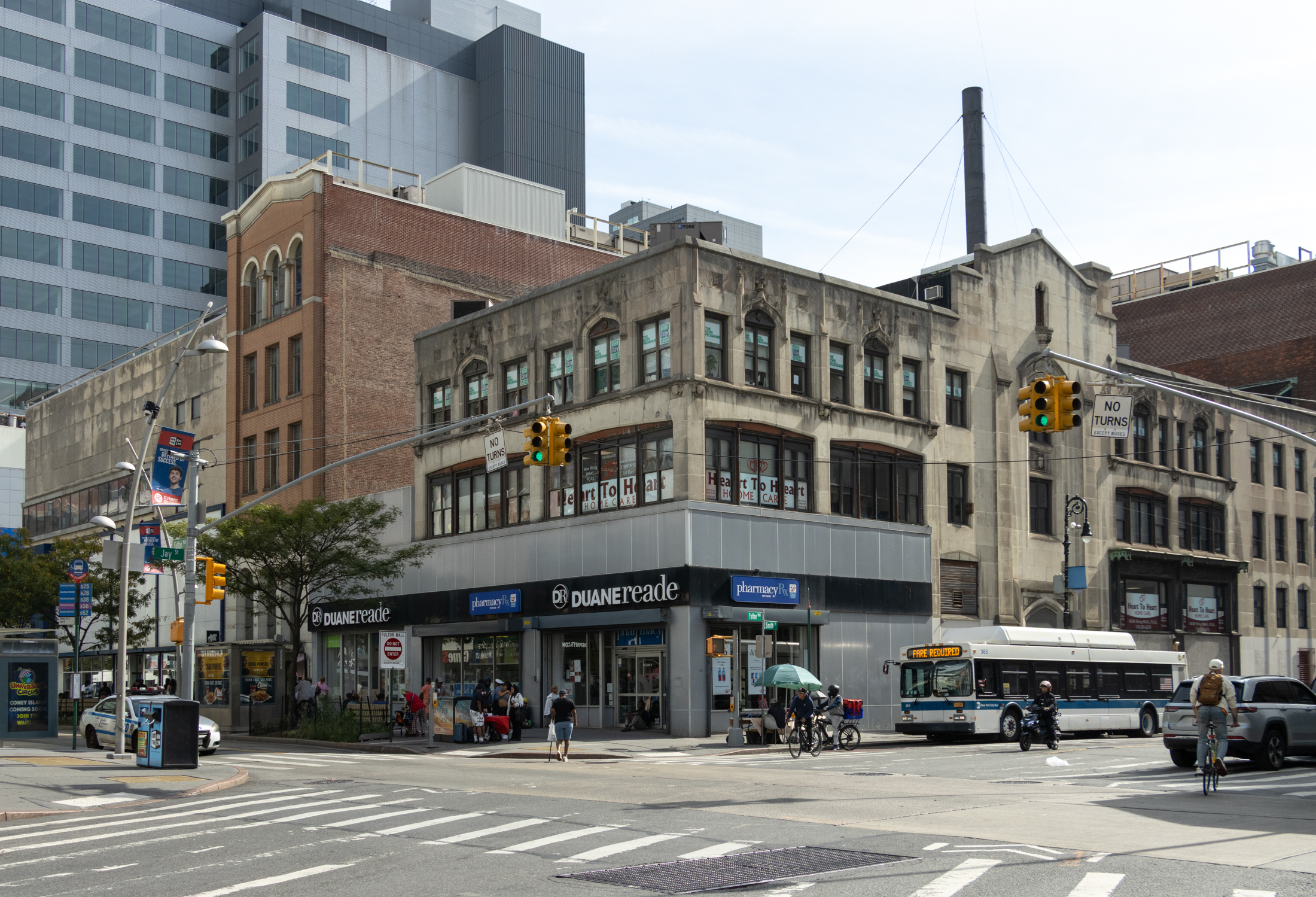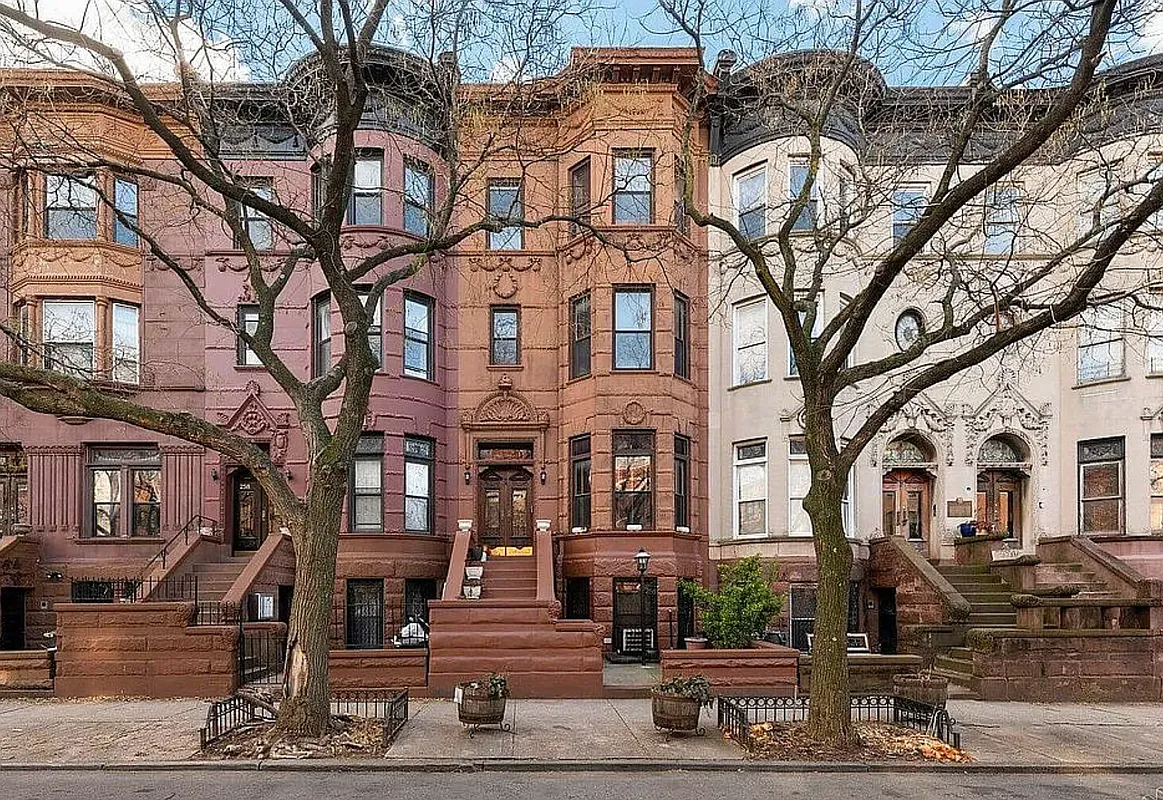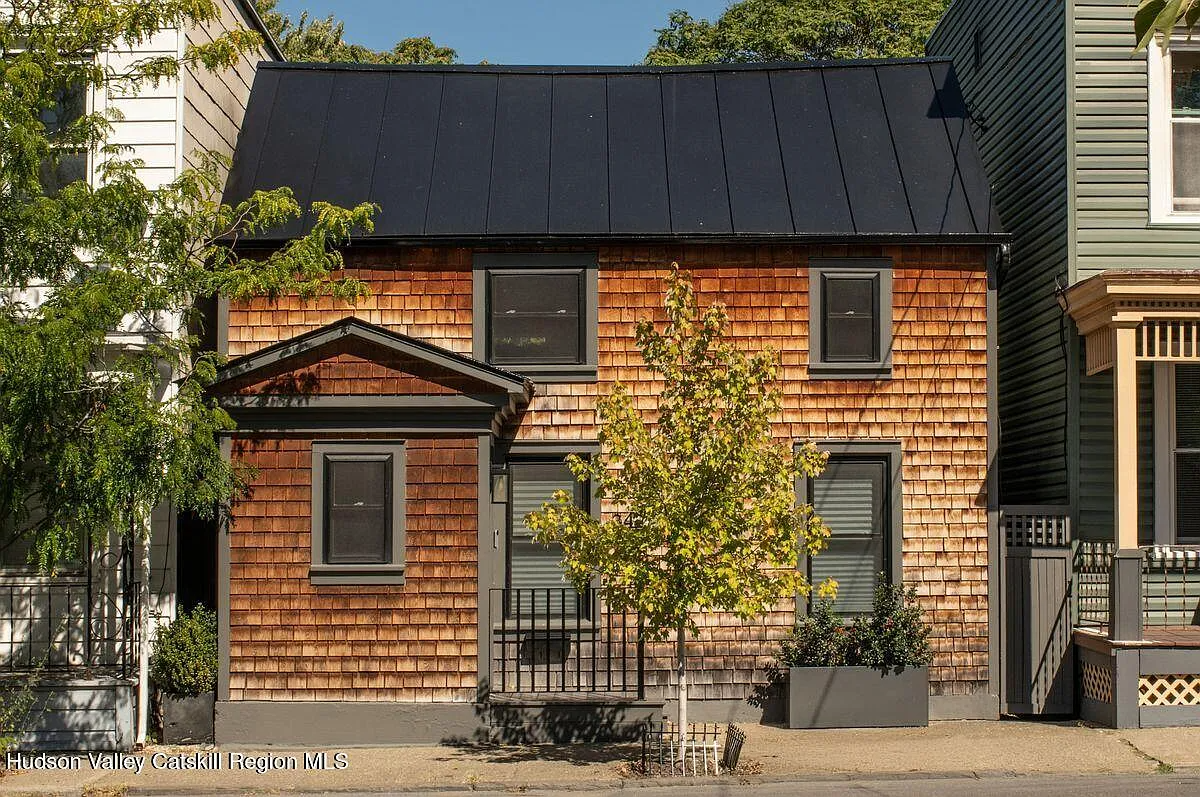Furman Center's State of the City Report: Brooklyn
The Furman Center has just released its State of the City Report for 2008, and there’s some interesting data about how Brooklyn’s residents and housing stock are faring: Housing indicators suggest that the Brooklyn housing market fared relatively well through 2007. In Brooklyn, the only housing type to experience a drop in prices in 2007…


The Furman Center has just released its State of the City Report for 2008, and there’s some interesting data about how Brooklyn’s residents and housing stock are faring:
Housing indicators suggest that the Brooklyn housing market fared relatively well through 2007. In Brooklyn, the only housing type to experience a drop in prices in 2007 was 24 family buildings. Brooklyn has the City’s second most expensive single-family housing stock. Brooklyn was one of only two boroughs to see a rise in new residential building permits in 2007. Home ownership in Brooklyn declined slightly from 32.3% in 2006 to 30.6% in 2007.
Despite its resilience in 2007, Brooklyn may not be immune to the effects of the housing market downturn in the coming years. Lending and foreclosure trends in Brooklyn are much the same as in the rest of the City: the borough experienced declines in all lending activities and increases in notices of foreclosure. Brooklyn had the second highest foreclosure rate of all the boroughs, with 22.4 notices of foreclosure per 1,000 14 family properties in 2007. Brooklyn also had the second highest rate of serious housing code violations: 61.4 per 1,000 rental units.
Here’s one interesting tibit we picked up: Only 17 percent of the housing stock in Greenpoint and Williamsburg is owner-occupied while in Fort Greene and Brooklyn Heights it’s more than 40 percent. Lots of other stats in the Brooklyn section of the report.





Back from the movies – Watchmen is a damn fine flick
“So, to your question as to what it would take to convince me, my answer is simple: show me a scenario in which a large city’s RE estate prices tanked 50% due to a severe economic contraction. It’s never happened,I believe.
In fact,I’ll again cite the most recent case in which a city’s economy was flushed down the toilet: Houston in the 1980’s. At that time, oil prices went through a long,sustained collpase. Houston is basically a one-industry town, and that industry is oil/energy. From what I’ve read,prices in Houston went down 25%. I cannot see how a city with a diversified economy like NYC is going to see a 50% drop in RE, when a smaller one-industry city like Houston only went down 25%.
Handshake???
Posted by: benson at March 12, 2009 1:06 PM”
FinanceGuy raised Tokyo before I had a chance to.
From http://en.wikipedia.org/wiki/Japanese_asset_price_bubble
“Tokyo residential homes were less than a tenth of their peak”
Tokyo has a lot more similarities to New York than most US cities. Admittedly, real estate prices rose significantly higher over there than they did here.
Another example, the UK housing market fell about 65% in 1990 and slightly more in London (another city that shares more similarities with New York than most other US cities).
So two capital cities that would not be considered “emerging market” or fringe – in fact, two of the most cosmopolitan cities in the world.
Now we should address the rent v buy debate that you raised.
“My apartment rented for $1800 a month before I bought it in 2006. (Our co-op allows renting on a case by case basis).
My mortgage AND maintenance is just under $1500 currently.
And that’s not factoring in the interest deduction.
Posted by: 11217 at March 12, 2009 3:09 PM”
There’s four issues to address here.
Firstly, we don’t know how much of a down-payment you made. Not to belittle your comparison but if you put down 50%, your mortgage if half of what it should be for the comparison. Assuming that $500 of the $1500 is maintenance, the comparison to the $1,800 rental should be $2,500 for an apples to apples comparison. If you put down 25% then it would be $1,833 – a break-even point.
Secondly, we don’t know how much below peak you bought. Prices continued to rise after you bought and you may have negotiated a particularly good deal.
Thirdly, your calculation is extremely sensitive to the interest rate you are able to secure. One peculiarity of the US market is the availability of long-term fixed rate mortgages. So if you have locked in a good rate then the payment side of your equation is set. But you should not count on future buyers being able to get the same rates.
Finally, it is clear that rents are going down. I won’t speculate on where they will bottom out but obviously how they move will affect the attractiveness of the comparison.
Sorry to be long-winded and I hope I don’t sound too preachy – I just want to present a reasoned argument for the Bear side.
That’s great.
It is yeah. And it wasn’t a bargain. I thought I was buying at the top of the market at the time (which I guess I was) but I really wanted to live on my own, and when I priced studio rentals, I realized it would be cheaper to buy so I did.
Couldn’t be happier.
Curious, 11217: Is it a studio?
With the mortgage interest deduction, I end up paying about $1100 a month (or so) to live alone in a beautiful neighborhood, a garden and within 3 minutes to multiple subways with easy access to Manhattan. Not to mention restaurants and bars galore. Most people I know spend WAY more than that to share apartments and have multiple roommates in Manhattan or Brooklyn.
It’s why I don’t fully understand when people say that prices are so out of whack.
I thought if it was cheaper to buy than to rent, this was a good situation.
Sweet, 11217.
I just gave you an example in about as prime Park Slope as you get. Named street, in the historic district, a block and a half off the Park.
Oh! And they could also be equal in Williamsburg, although there are very few townhouses there, because rents there are *insane.* A townhouse is about $1.3 million. (Calling Miss Muffet!)
Ditto, in Clinton Hill and Bushwick to name two. Anyone else care to give others?
Who knows, maybe they’re even equal in Park Slope, with two-bedroom apartments going for more than $3,000 and duplexes going for god-knows-what.
My casual impression is that owner costs are higher than rental costs in Bed Stuy, Fort Greene, and Carroll Gardens.